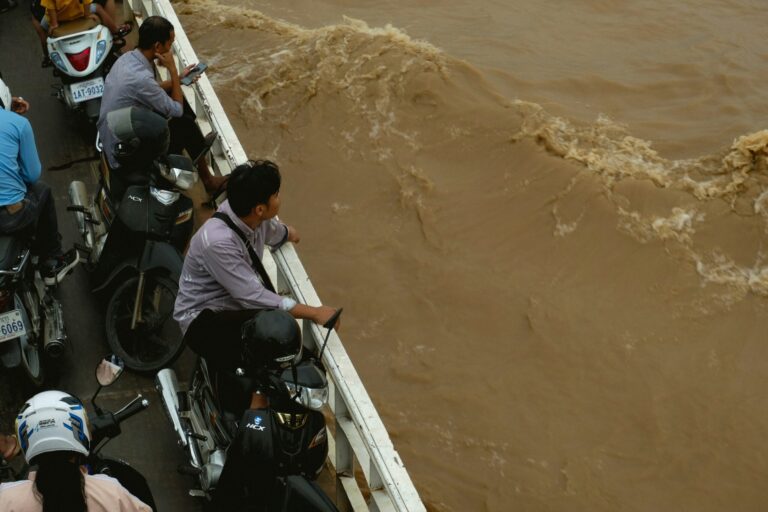In late September 2023, Storm Daniel, a powerful Mediterranean tropical-like cyclone, unleashed catastrophic flooding across North Africa and parts of Europe, leaving behind widespread destruction and a staggering human toll. The most devastating impact was seen in Libya, where the failure of two dams near the coastal city of Derna caused an unprecedented flash flood, claiming over 5,000 lives and leaving thousands missing. This event stands as the deadliest single flood disaster in Africa’s recorded history.
Libya’s Catastrophe: The Collapse of Derna’s Dams
Storm Daniel rapidly intensified off the North African coast, bringing torrential rains that overwhelmed rivers and infrastructure. Derna, already vulnerable due to years of neglect and political turmoil, was hit hardest when the dams gave way, sending torrents of water crashing through the city. Entire neighborhoods were swept away within hours, destroying homes, businesses, and vital infrastructure.
The Libyan government faced immense challenges in coordinating relief efforts amid ongoing internal political instability. Fragile governance and fractured authorities slowed the response. Neighboring countries and international bodies, including the United Nations, mobilized emergency teams, but the scale of destruction and damaged transportation networks hindered timely aid delivery to affected communities.
Regional Impact Beyond Libya
Storm Daniel also battered countries across the Mediterranean basin, including Greece, Turkey, and Bulgaria. These nations reported severe flooding, resulting in at least 28 deaths and displacing thousands. The storm’s broad reach highlighted the susceptibility of many regions around the Mediterranean to extreme weather events.
Climate Change and Increasing Weather Extremes
Experts emphasize that Storm Daniel exemplifies the growing frequency and intensity of extreme weather phenomena driven by climate change. Rising global temperatures contribute to stronger storms and heavier precipitation, amplifying risks for vulnerable populations. The Libyan disaster has brought renewed focus on the critical need for improved disaster preparedness, robust infrastructure, and climate adaptation strategies.
The tragedy serves as a sobering call to action, underscoring the urgency of global efforts to mitigate climate change impacts while enhancing resilience in communities most at risk. As the world continues to confront a warming planet, the devastating floods from Storm Daniel highlight the human cost of inaction and the vital importance of building sustainable, climate-resilient societies.


